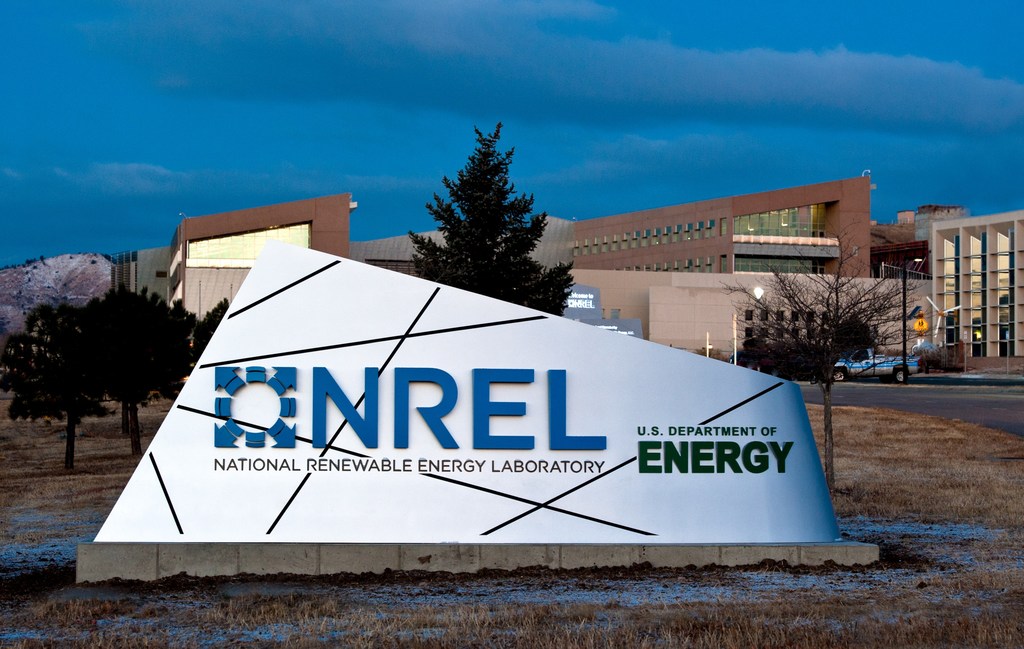
A research project spearheaded by scientists at the U.S. Department of Energy’s (DOE) National Renewable Energy Laboratory (NREL) in Golden has achieved major advancements that could usher in an array of previously unenvisioned optoelectronic devices.
Scientists at DOE’s National Renewable Energy Laboratory (NREL) have achieved significant breakthroughs in optoelectronic technology, potentially revolutionizing the field. Their research, published in Nature, focuses on spin-controlled LEDs utilizing chiral halide perovskites, eliminating the need for magnetic fields or ferromagnetic contacts. This innovation promises to enhance the efficiency of LEDs, solar cells, and telecommunications lasers, paving the way for faster data processing and reduced power consumption.
Matthew Beard, a senior research fellow at NREL and coauthor of the study, highlighted the transformative potential of electron spin control in optoelectronics. Supported by DOE’s Center for Hybrid Organic Inorganic Semiconductors for Energy (CHOISE), the team aims to manage the conversion between charge, spin, and light through precisely designed chemical systems.
Previously, in 2021, the scientists demonstrated electron spin control using dissimilar perovskite layers, speculating on potential advancements in optoelectronics. They have now achieved this feat, marking a milestone in semiconductor technology by enabling room-temperature operation without the constraints of sub-zero temperatures.
“This development not only increases the intensity of polarized light emission but also opens up new possibilities in utilizing electron spin as a control parameter,” Beard explained. Traditional methods required ferromagnetic contacts within a magnetic field, whereas chiral perovskites have enabled efficient spin manipulation directly within LEDs.
NREL serves as the principal national laboratory for renewable energy and energy efficiency research and development under the U.S. Department of Energy.
Source: Press Release